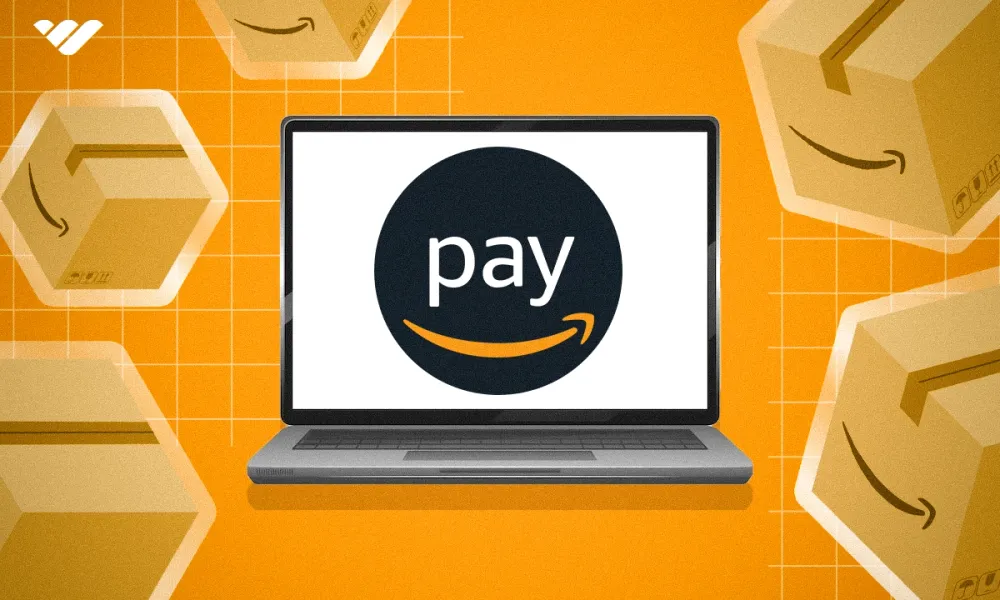Learn how to ship products for less! Discover insider tips and clever strategies to cut your shipping costs on every package.
If you’re a small business owner, whether you’re selling from an Etsy account, a store powered by Shopify, or a dedicated platform like Squarespace, shipping costs can quickly accumulate and seriously cut into profit margins.
Almost half of online shopping carts are abandoned because of high shipping and tax costs. So, how can online sellers effectively employ shipping strategies to cut down on prices without moving additional costs onto customers?
Below, you’ll find a complete guide detailing the most recent prices for sending packages with popular shipping carriers.
Plus, we take a look at some winning tips to reduce your shipping costs as much as possible. Keep reading to find out more.
10 tips to reduce shipping costs like a pro
First, let’s take a look at some tips for keeping shipping costs to a minimum. The reality is, unless you’re using Amazon FBA, all multichannel sellers will be competing with Amazon’s market dominance.
Customers expect reliable, fast, and efficient shipping, but this can prove especially costly for small businesses.
Thankfully, there are plenty of ways to reduce costs. You’ll find our top methods for shipping physical products here.
Hint: The cheapest way to ship products is by selling digital products! Head to the end of this guide to find out more.
1. Reduce the amount of packaging used
One of the key factors that dictate the cost of your shipping is the weight and size of your package. Therefore, it’s useful to try and minimize the amount of packaging as much as possible.
Even if you’re only saving a dollar, this quickly adds up when you’re selling multiple packages to hundreds of online buyers.
Avoid large boxes that are packed full of wadding. These can be cumbersome, not to mention, unnecessarily costly. If the continents of the package aren’t breakable, consider using a polybag or envelope instead of a box.
Polybag mailers are particularly useful in these instances. They can be bought in bulk from suppliers, plus they come with a self-seal closure so you won’t need to tape them down yourself.

You can also buy them in multiple sizes, depending on the types of products you’re shipping. They’re super lightweight, and will automatically decrease shipping costs.
It’s important to weigh and measure your products accurately, then you’ll be able to shop around for the most appropriate and cost-effective packing materials.
2. Find discounted suppliers
Even if you’ve used the same shipper for years, this doesn’t mean you need to stick with them. Shop around annually to compare prices of popular shipping services. Even if you don’t decide to switch, finding cheaper offers can help you negotiate better deals with your current carrier.
What many don’t realize is that all shipping carriers offer discounts on volume shipping, so as well as negotiating prices, it’s also a good idea to ask for volume discounts. Even if you’re a smaller business, this can still be useful.
Be careful that you’re not swindled into a sub-par service for lower prices, compromising the quality of delivery or extending shipping times.
If you're interested in reselling products then check this list of the best wholesalers for resellers.
3. Include shipping in product pricing

If you think your sales may be affected negatively by shipping rates, working these prices into the overall cost of your products is a good idea.
Many ecommerce websites avoid the negative associations of high shipping costs simply by absorbing the cost of the product itself. Customers feel like they’re getting a bargain, and streamlining the checkout process.
Here are some guidelines to follow when adding shipping costs to product prices:
- Don't over-inflate: Don’t inflate the cost of your product to the point where it’s off putting for potential buyers.
- Research: Do some market research to figure out how much customers are willing to pay for the product.
- Check competitors: Take a closer look at your competitors and how they’re handling shipping costs.
- Profit margin: Make sure you’re still maintaining a good profit margin.
4. Consider prepaid shipping
If you use companies like FedEx, USPS, DHL or UPS to handle your shipping, you should look into prepaid shipping options. By purchasing shipping labels from your carrier upfront, you can save a 20% discount on costs.
Bear in mind that this saving method is only effective if you regularly ship parcels roughly the same size and weight. You’ll also need to know the precise details of your shipping costs in advance.
This can be a great time-saving hack for those who ship regularly, as you’ll already have the label ready to go once someone makes a purchase.
5. Reuse packaging from orders
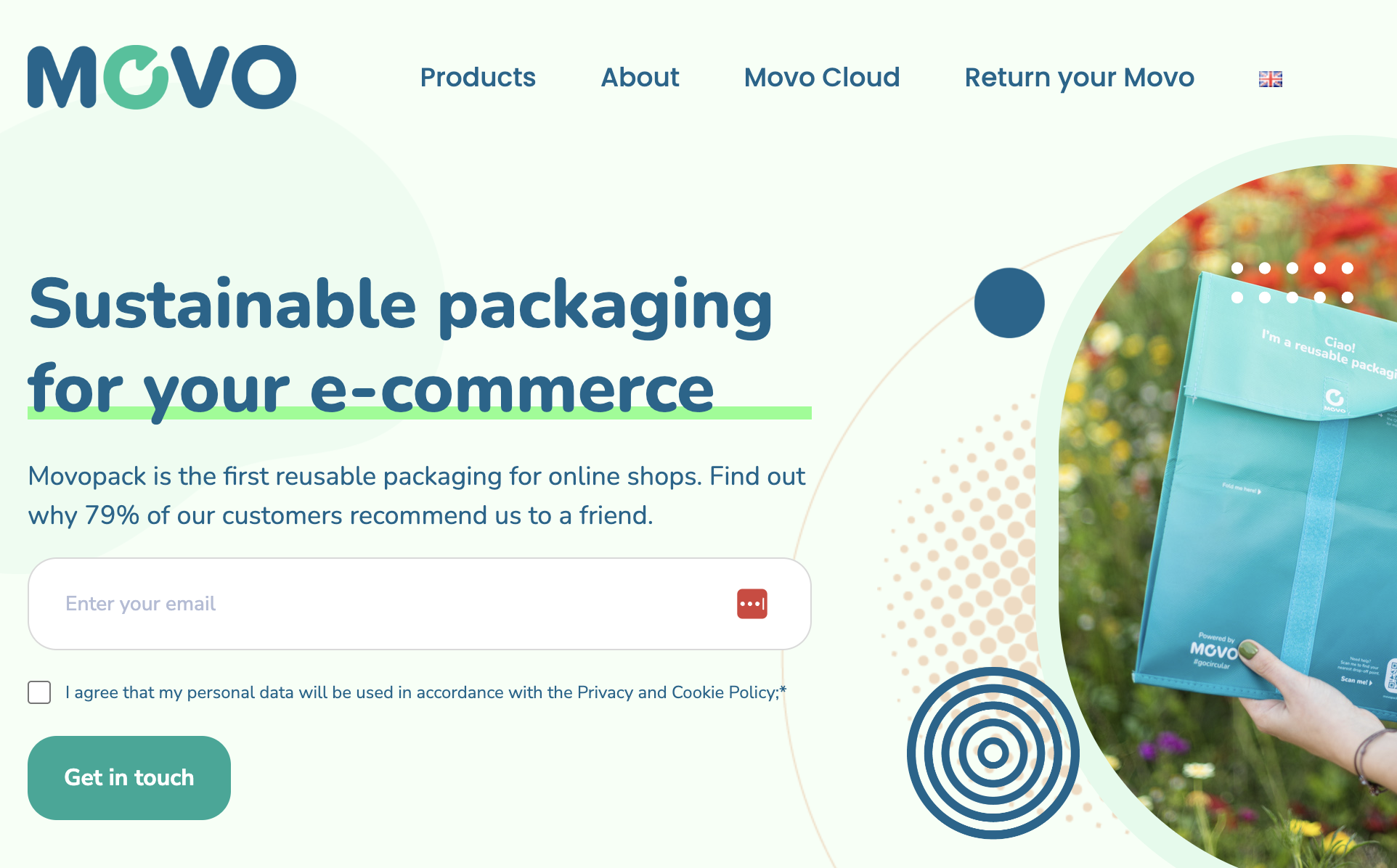
If you want to boost the environmental policies associated with your business, reusing packaging is a great way to do this. Whenever you receive a parcel, keep the package, and use it to package future orders.
If the size isn’t correct, and the box/envelope is too large, consider cutting it down to size. If you’re careful while doing this, and keep it looking as neat as possible, it will still look presentable and customers will be attracted to your store’s ‘green’ policies.
Check out brands like Movo - you send the Movo packaging, and the customer drops it back in the mailbox. Then, Movo sanitizes it and sends it back to you!
Want to run a eco business? Discover the best eco-friendly products to sell
6. Using less shipping boxes
If you’re shipping multiple packages out to one buyer, packing everything into one larger box can be an effective way to cut down on costs.
Things can get incredibly pricey when you’re sending multiple boxes, each filled with their own bubble wrap, foam, or paper. This will all contribute to the final weight of your product.
But if you pack several items into one larger box, you will save money. Plus, you won’t need to pay to send out several packages. Discard the additional packaging, and dispatch items as a bundle, where possible.
You encourage shoppers to make bulk orders by offering free shipping once they hit a certain minimum (e.g. $50).
To set your minimum, look at your average order amount, and set it slightly higher, and this should encourage the average to increase over time.
Another option is to sell your items in bulk, or as kits where possible. You could package complimentary or best-selling items together in a bundle, increasing the size of the order, and ultimately saving money.
7. Avoid expedited shipping where possible
Many sellers are in a rush to get their items to the buyer at a faster rate, using expedited shipping methods which can be incredibly costly. But ask yourself, is this always necessary?
It’s true many customers would like to receive their items as quickly as possible, but there’s likely an equal number of customers happy to receive their items a little later, with reduced shipping costs.
Plus, expedited shipping costs have nuances buyers might not be aware of. For example, though many ship items by air, some will use a van to get there on time. For the sake of a few hours delay, the alternative can generate eye-watering, unnecessary costs.
Consider listing a few different shipping options for potential buyers, so they can choose whether they’d like their shipping expedited or they’re comfortable waiting a little longer. Or, if they really need their item as soon as possible, put an extra charge for fast shipping.
8. Assess shipping zones
Shipping zones are geographical areas that shipping companies deliver to. Concerning domestic shipments in the US, these span from zone 1 to zone 8. The zone measures the distance a parcel has to travel to arrive at its destination.
The further away a shipping zone is, the higher the cost of delivery. The same goes for international shipments, which are subject to even heftier costs due to the complexities involved in border transportation, including customs clearance, air cargo constraints, and fuel costs.
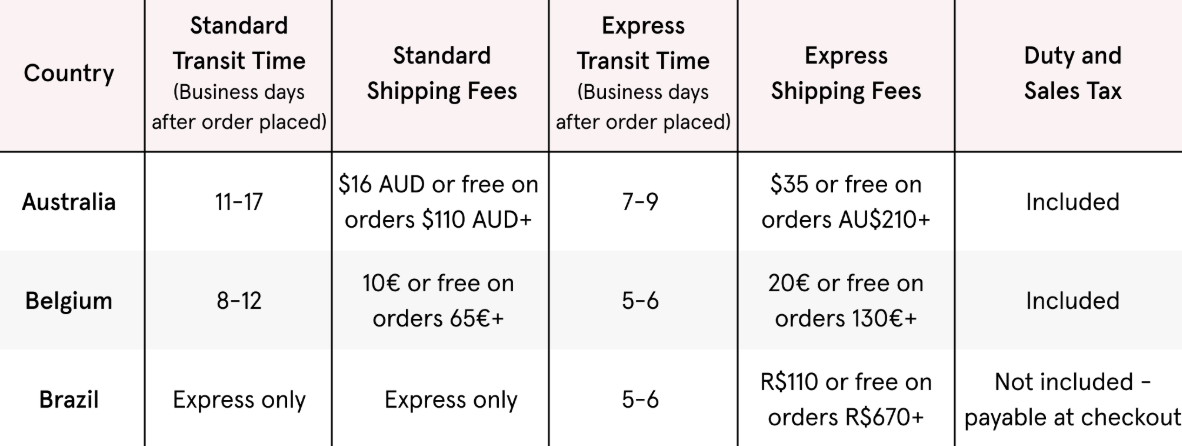
If shipping costs to destinations located further away are negatively impacting your business, it might be time to reassess where you’re prepared to ship to.
Eliminating shipping to higher zones can effectively bring down costs, helping you save a great deal of money over time.
9. Insure with third parties
Depending on the value of the item you’re shipping, it might be a good idea to cut extra services, such as shipping insurance.
If however, you do require shipping insurance for your parcels, going with third-party package insurers is usually cheaper than relying on your carrier. In some cases, this can even reduce the cost by half.
The higher the cost of your item, the more applicable this will be.
10. Offer local delivery
One of the most effective ways to save on delivery costs where possible is to offer local delivery or pickup. For smaller businesses especially, local delivery is a great way to connect with nearby customers and drive future sales.
You can also provide a more personal service, helping build the reputation of your brand. Plus, you don't even have to deliver the goods yourself - you could offer a pick-up option for free!
How to charge the correct shipping amount
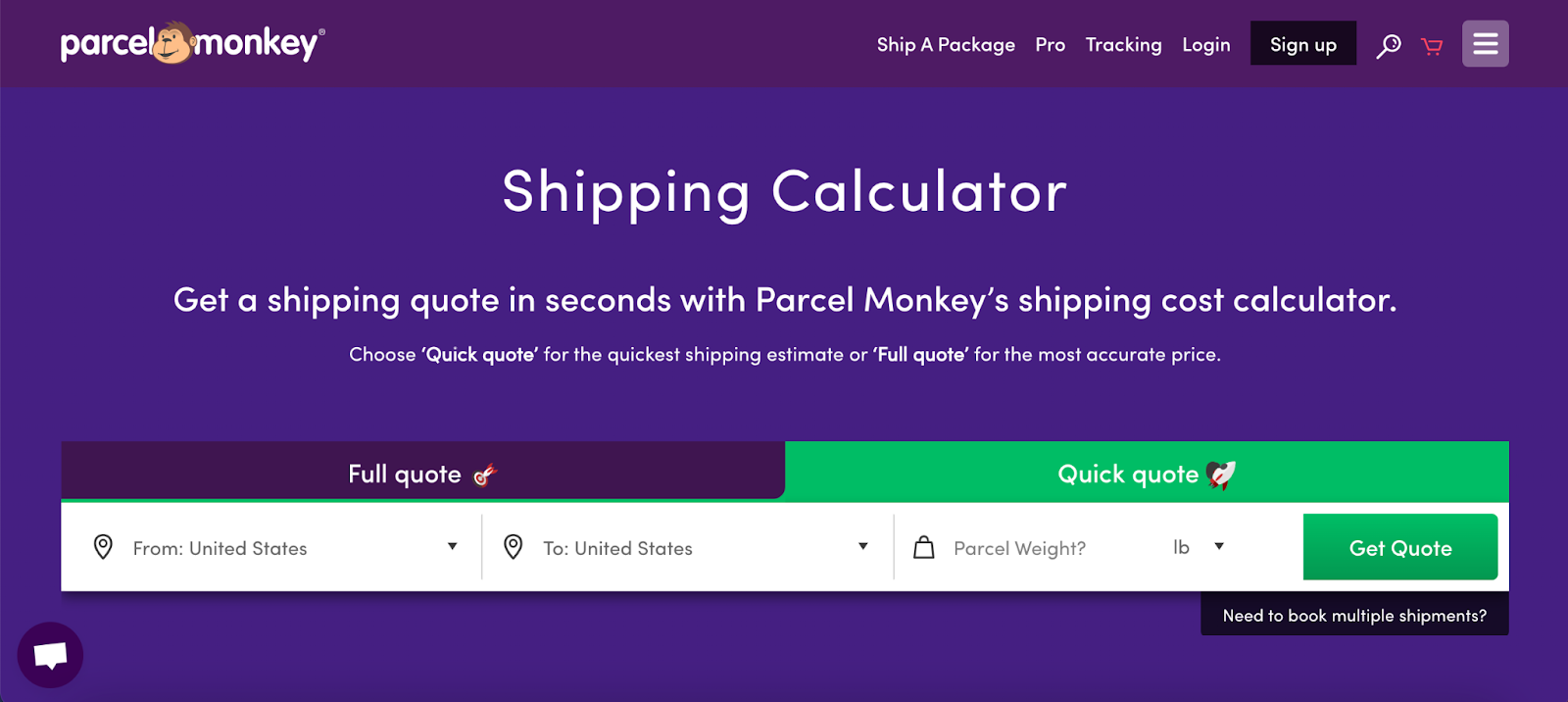
Even if you’ve done everything possible to keep shipping costs down, you need to make sure you’re charging the amount accurately. This is done by adding together packaging, handling, and shipping costs.
- Packaging: You’ll need to accurately determine the cost of packaging for a specific item by looking at purchasing costs.
- Handling: Handling fees are determined by looking at your employee’s hourly rates, divided by 60, and then figure how long it takes them to package the item. Once you’ve done this, you can calculate the total sum.
- Shipping: You’ll need to look at the dimensions and weight of your parcel, and the delivery destination, then work out the total sum using a shipping rate calculator like Parcel Monkey.
After you’ve arrived at your price, make sure to compare this with popular competitors to see what they’re charging. Where possible, it’s always best to match or beat competitor prices.
By carefully itemizing and accurately calculating your shipping costs, and employing best practices to compare and evaluate them, you can gain the edge over competitors while increasing your profits.
Cheapest way to ship international packages
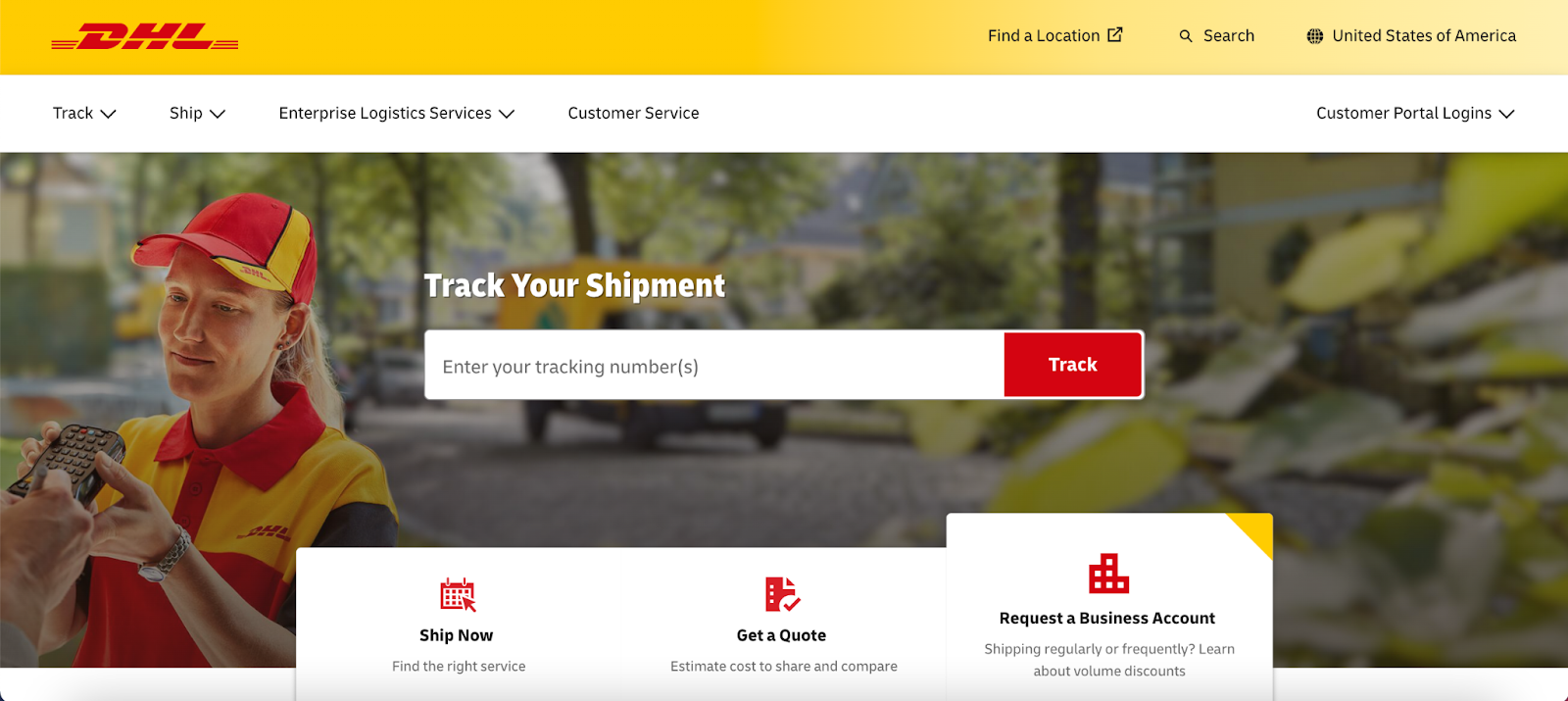
Below, we compare some of the most popular US carriers, to determine who provides the cheapest service for international packages. Couriers typically calculate their international shipping rates based on distance and global import regulations.
Import and duties taxes vary, becoming incredibly pricey depending on the destination. As a business owner, it’s totally up to you whether you decide to pass these fees on to customers.
In the table below, you’ll find the average shipping costs for smaller packages sent from the US to Canada.
| Carrier | Service | Estimated delivery time | Estimated price |
|---|---|---|---|
| USPS | Priority Mail International | 6-10 business days | $32.20 |
| UPS | UPS Worldwide Economy | 5-12 business days | $20.63 |
| DHL | DHL Express Worldwide | Next day | $96.78 |
| FedEx | International Ground | 2 business days | $31.71 |
Cheapest way to ship large packages
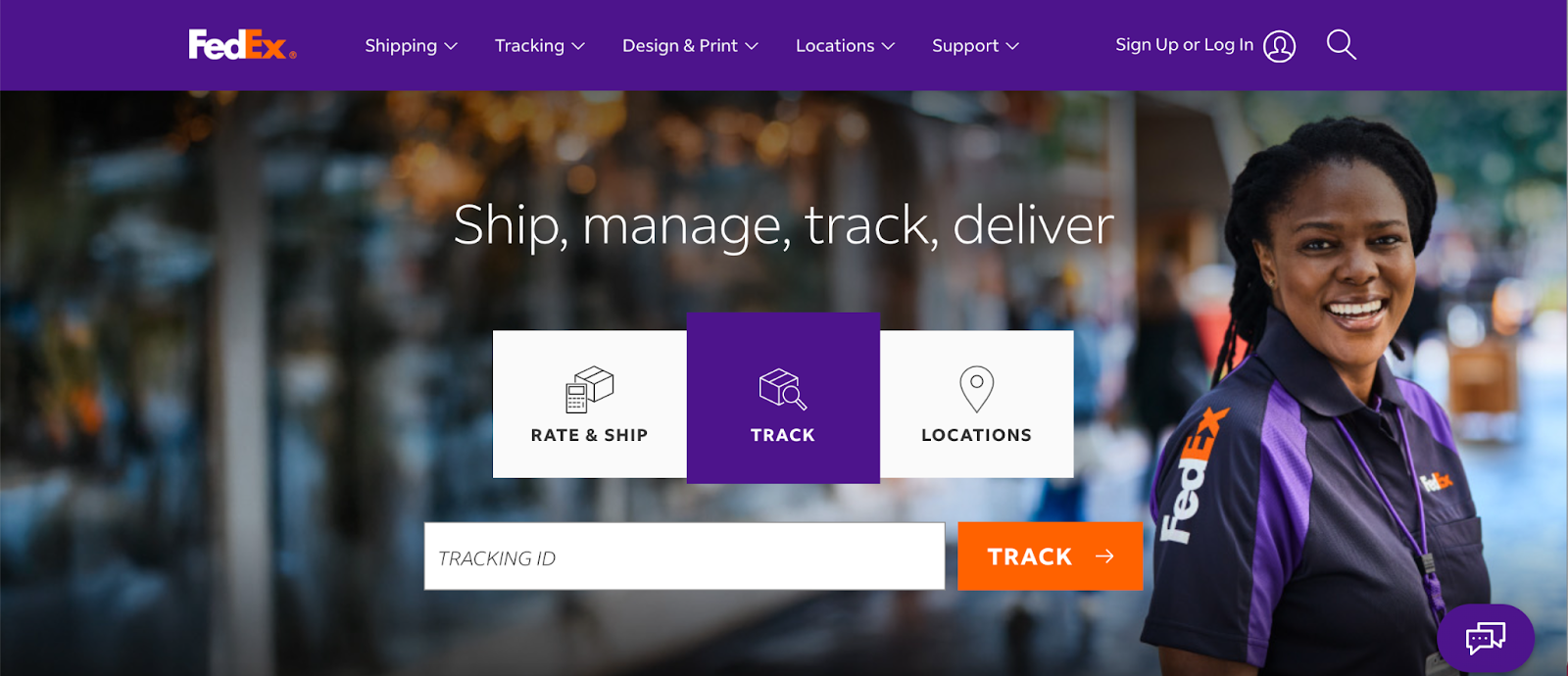
If you’re looking to ship a larger package, USPS is usually the cheapest way to do this cheaply.
What’s defined as a large package depends on the type of mailing service you’ve chosen from your carrier (e.g. whether it’s delivered by ground or by air).
These are the maximum weight and dimensions for regular packages from each major shipping company:
- USPS: Maximum package weight and length: 70 lbs and 130 combined inches.
- UPS: Maximum package weight and length: 150 lbs and 165 inches.
- DHL: Maximum package weight and length: 154 lbs and 47 inches.
- FedEx: Maximum package weight and length: 150 lbs and 119 inches.
| Carrier | Service type | Estimated delivery time | Estimated Price |
|---|---|---|---|
| USPS | Ground Advantage | 3 business days | $19.15 |
| UPS | Ground | 2 business days | $26 |
| DHL | Express Domestic | 1 business day | $116.69 |
| FedEx | Ground | 2 business days | $23.74 |
Cheapest way to ship small packages
Similar to larger packages, the cheapest way to ship small items is via USPS. Carriers will have their own specific guidelines as to what constitutes a ‘small’ package.
This will be assessed according to size and weight of your item. The table below shows standard shipping costs from New York to Chicago, comparing some of the most popular US delivery services.
| Carrier | Service type | Estimated delivery time | Estimated price |
|---|---|---|---|
| USPS | Priority Mail | 3 business days | $9.65 |
| UPS | Ground | 2 business days | $14.25 |
| DHL | Express Domestic | 1 business day | $72.18 |
| FedEx | Ground | 2 business days | $15.02 |
Cheapest way to ship a package based on delivery speed
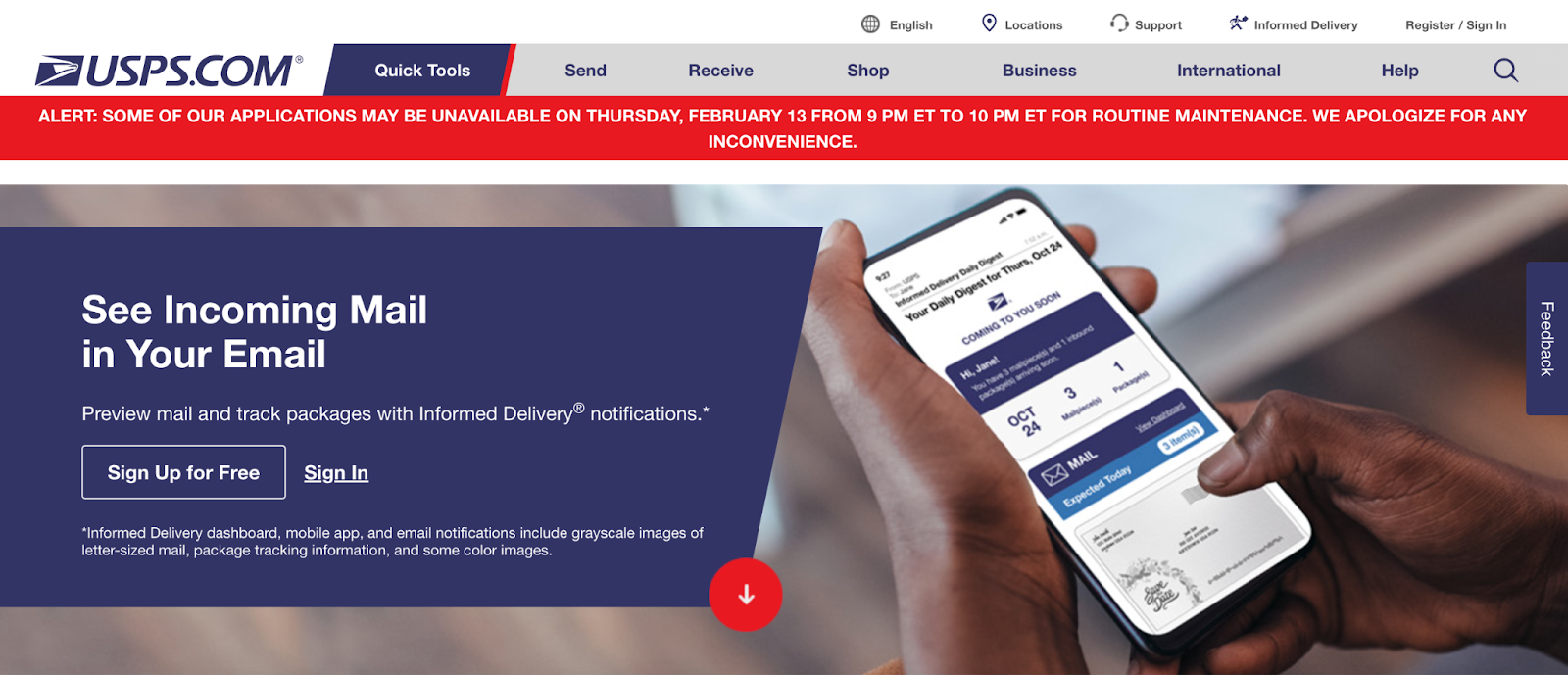
If you’re looking for the cheapest way to ship a package based on speed alone, generally, USPS Priority Mail is considered the best option. Depending on the size of your package and where it’s being sent, prices average at $9.65 for 1-3 day delivery.
Again, if you need a package to arrive via next-day delivery, USPS is the cheapest option. For next-day delivery, USPS charges start at $30.45, depending on the weight and size of the item.
What shipping method should I choose?
Depending on your location and how quickly you want a parcel to arrive at its destination, there are several shipping options to choose from.
- Free shipping: Businesses offer free shipping by placing the costs of shipping into their price models.
- Flat-rate shipping: Flat-rate shipping is based entirely on size and weight. Your parcel will be categorized into one of these predetermined bands.
- Local shipping: The item will be delivered to the customer without requiring a shipping service.
- International shipping: For items that are shipped across international borders.
- Same-day delivery: When an item is delivered on the same day a customer places an order.
- Next-day delivery: When an item arrives the following business day after a customer has placed an order.
- Expedited shipping: Comprises any delivery method that is guaranteed to arrive faster than standard shipping.
- Pick-up: When a customer picks up an order directly from the location it's being sold.
Save on shipping costs by selling digital products!
Shipping physical products can be expensive and cut into profit margins. This is an inescapable fact no matter which carrier you choose.
Selling physical products involves a huge variety of expenses, including upfront manufacturing costs, storage space, inventory management, packaging, and employing staff to streamline the process.
That’s why more and more people are trying their hand at selling digital products instead.
There are so many different kinds of digital product that you can create, from software to ebooks, to online courses, to printables. The potential is unlimited.
Some of the top benefits of selling online goods versus physical inventory include:
🎨 Easy to create:
Digital goods can be much easier to create than their physical counterparts. There are a wealth of templates and tutorials out there to get started.
Plus, most people create digital products using skills they already have expertise in, so it takes even less time to create your end product.
Discover the best digital products to sell, and how you can make them
💸 Lower overhead costs:
Because there’s no need for a physical inventory, warehousing and shipping costs are totally eliminated. In addition, digital products don't require production, which can save a lot of money, especially for small businesses.
Once the customer completes their transaction, they'll immediately receive the digital product in their email - it’s as simple as that.
📈 Scalability:
Once a digital product has been released, it can be sold an unlimited number of times without any additional costs, making it easy for owners to scale their business economically.
So, if your business goes viral overnight, you don't have to worry about rushing to get orders out, as your digital products can be shipped automatically when you choose a platform like Whop.
🛤️ Easy to track:
Digital products are much easier to track. Brands can easily monitor customer preferences, behavior, and performance metrics to continuously improve the product.
🤝 Reach:
Digital products can be delivered directly to customers across the globe, expanding a brand’s customer base compared to those restricted by shipping costs.
Brands can also create specialized products for very specific purposes as they’ll be able to reach their target audience anywhere in the world, so long as they’re marketed properly.
Sell your digital products with Whop and keep more money in your pocket

If you’re interested in starting your own digital product business, you’ve come to the right place. Whop is the number one place on the internet for digital products.
With Whop you create your whop in minutes - it's free to do so, and your whop becomes the home of your online business. Whop is home to all types of creators, including online coaches selling masterminds and courses, store owners sharing supplier lists, chefs selling digital cookbooks and personal trainers selling personalized workout guides.
Whop takes care of everything from customer service to product fulfillment. The best part is there’s no tricky monthly payment to contend with, and Whop's fees start at just takes a miniscule 2.7% + $0.30 each time you make a sale.
What are you waiting for? Join the thousands of entrepreneurs selling digital products on Whop today. Getting set up only takes a few minutes.
FAQ
Why are US to UK-shipping fees so expensive?
Shipping fees from the US to the UK are expensive for a number of reasons. Taxes, tariffs, and other fees apply when sending items across borders. Costs can vary depending on the size and weight of the package, as well as the speed of delivery.
What is the cheapest shipping method in the US?
Generally speaking, USPS Priority Mail is considered to be the most efficient option for smaller shipments in the US. Bear in mind, however, that UPS and FedEx can offer more options in terms of speed and packaging, so it depends on your individual needs and priorities.



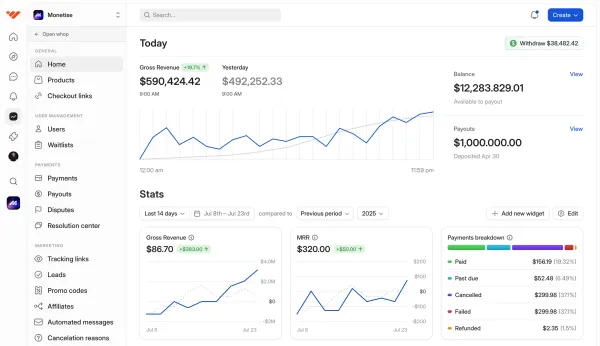
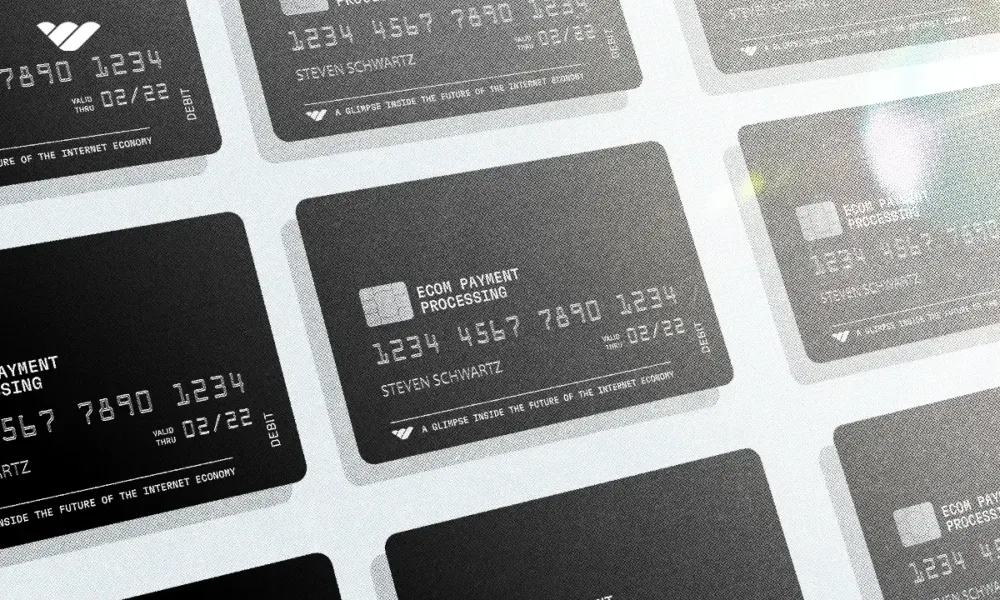
![8 best BNPL providers for your business [2026]](/blog/content/images/size/w1000/2024/08/X-Best-BNPL-Companies--buy-now--pay-later--for-your-business.webp)
![How to sell digital products without a website - ultimate guide [2026]](/blog/content/images/size/w1000/2024/02/How-to-Sell-Digital-Products.webp)


![12 best payment processing companies for ecommerce [2026]](/blog/content/images/size/w1000/2024/10/Top-10-Payment-Processing-Companies-for-Ecommerce-Feature-Image.png)


